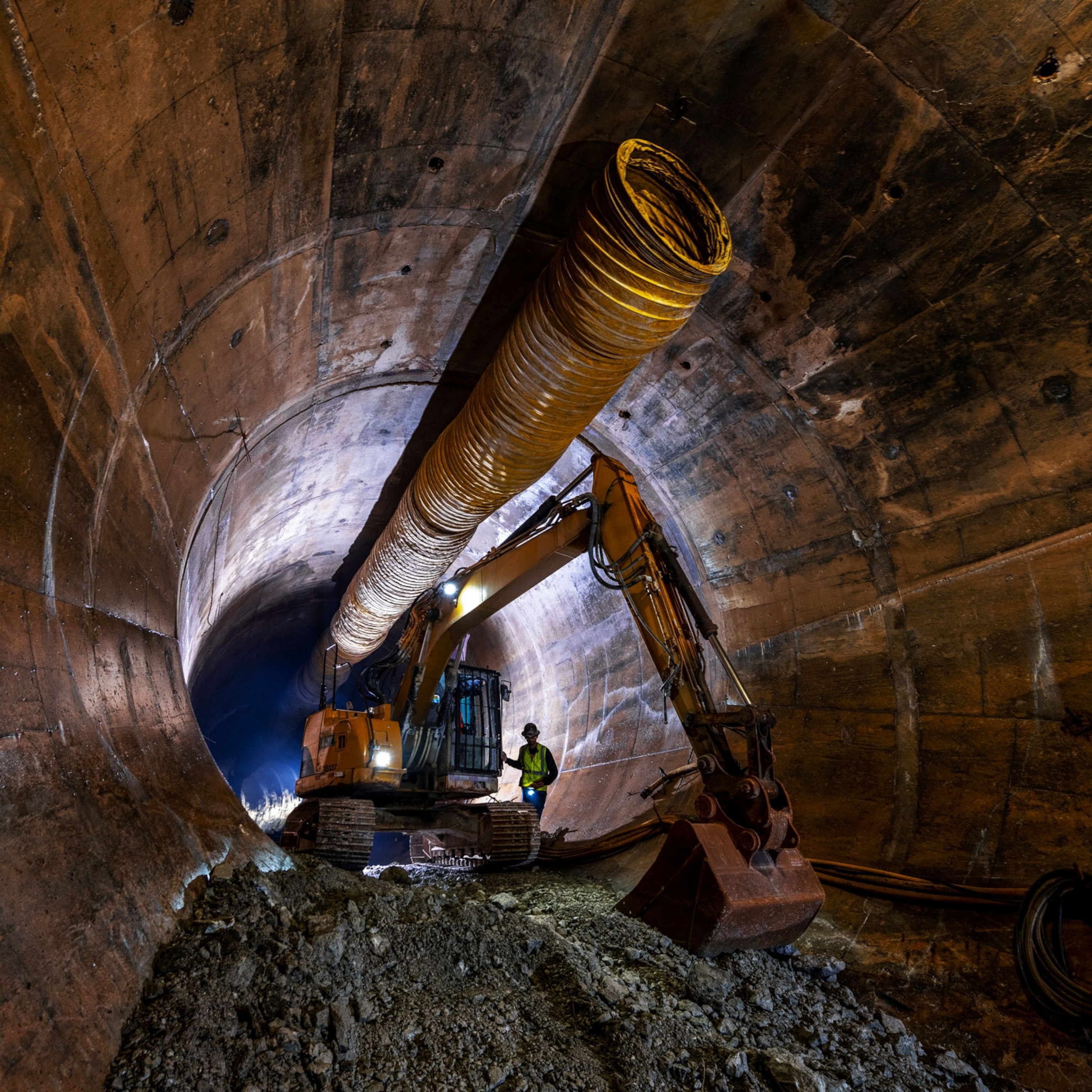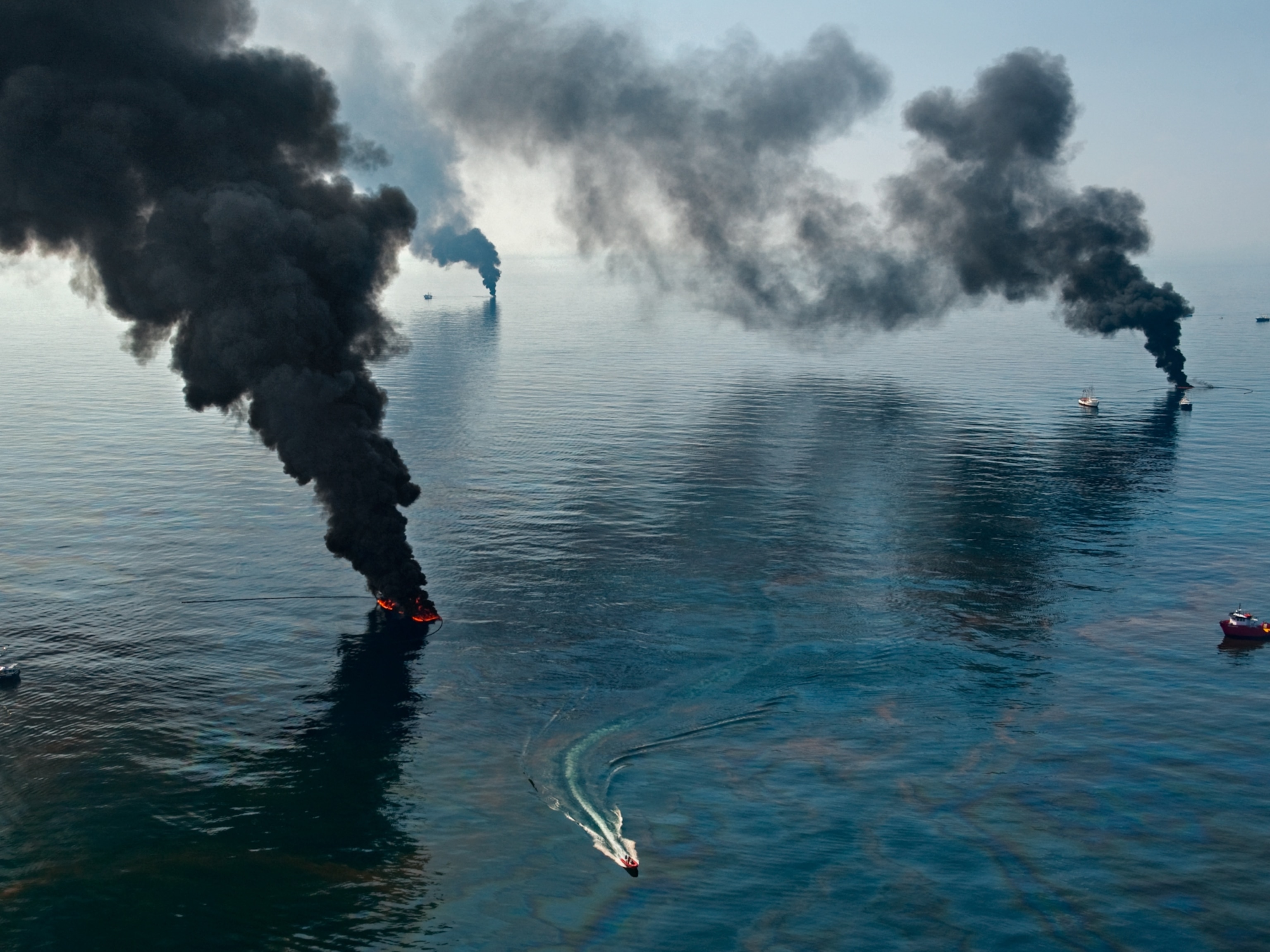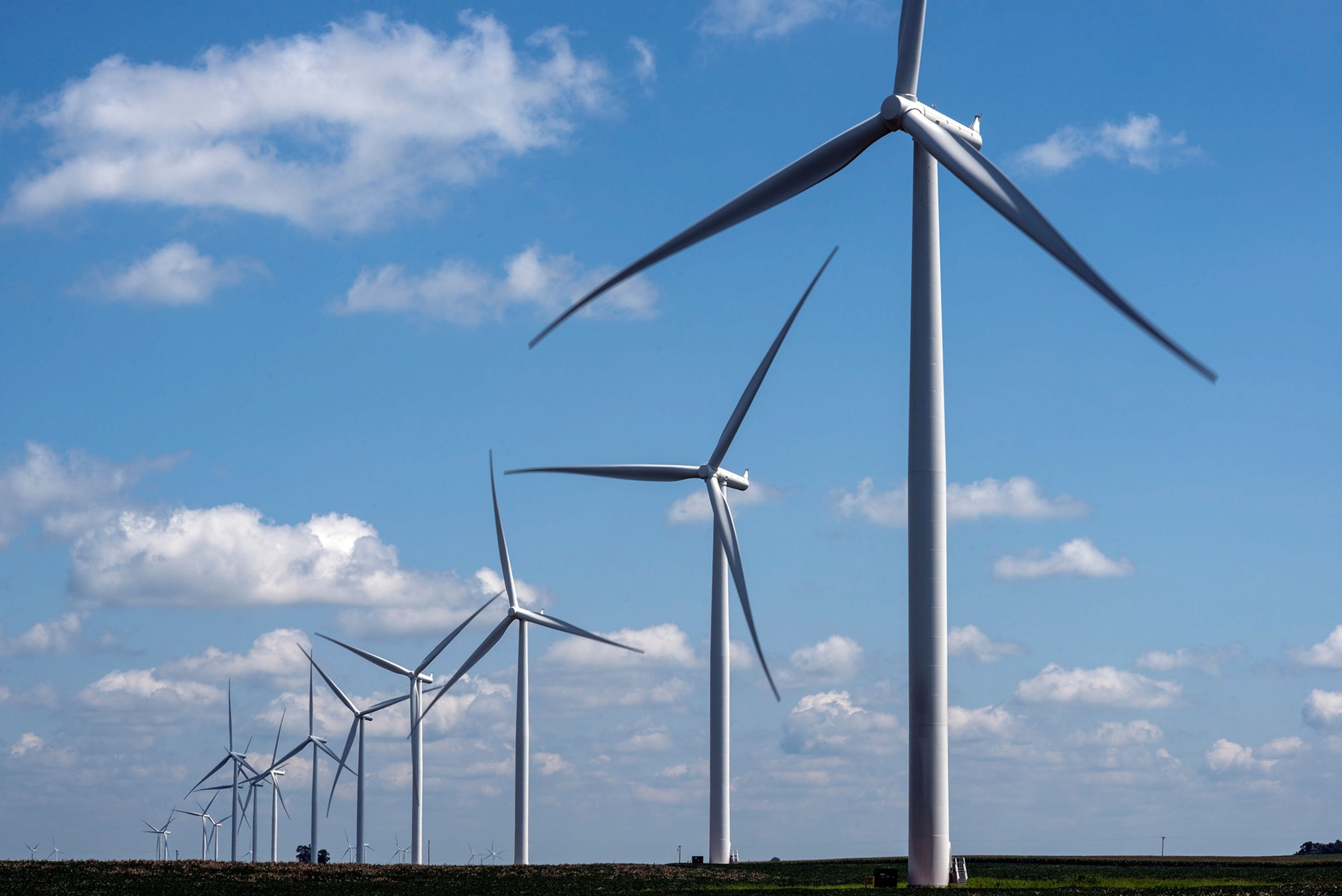
5 Reasons to Like the U.S. Environmental Protection Agency
It keeps a lot of dangerous stuff from being dumped in our air, water, and land.
President Richard M. Nixon, a Republican, established the U.S. Environmental Protection Agency in December 1970.
Forty eight years later, Donald J. Trump made abolishing the agency a talking point in his presidential campaign. His first EPA administrator, Scott Pruitt, cut climate monitoring programs, proposed new rules on how science is reported and rolled back clean car standards before resigning in July, following a string of personal controversies.
The recent headlines might lead you to wonder: Why do we have an EPA, anyway, and what does it do?
Nixon didn’t really want to create it. The first EPA administrator, William Ruckelshaus, a third-generation Republican lawyer and politician from Indiana, later recalled that Nixon created the EPA “because of public outrage about what was happening to the environment. Not because Nixon shared that concern, but because he didn't have any choice.” That April, 20 million Americans had gone outside to participate in the first Earth Day celebrations.
Nixon had other things on his mind. Six days after Earth Day, he authorized American troops in Vietnam to invade Cambodia, an action that brought more demonstrators into the streets. To Nixon, according to Ruckelshaus, antiwar protesters and environmentalists were birds of a feather—“both reflected weakness in the American character.”
After establishing the EPA, Nixon took little interest in its work. “Every time I'd meet with him, he would just lecture me about the 'crazies' in the agency and advise me not to be pushed around by them,” said Ruckelshaus. “He never once asked me, 'Is there anything wrong with the environment? Is the air really bad? Is it hurting people?'"
In fact, it was. There were many things wrong with the environment in 1970. Here are five ways our world has changed for the better since then, thanks in part to the EPA.
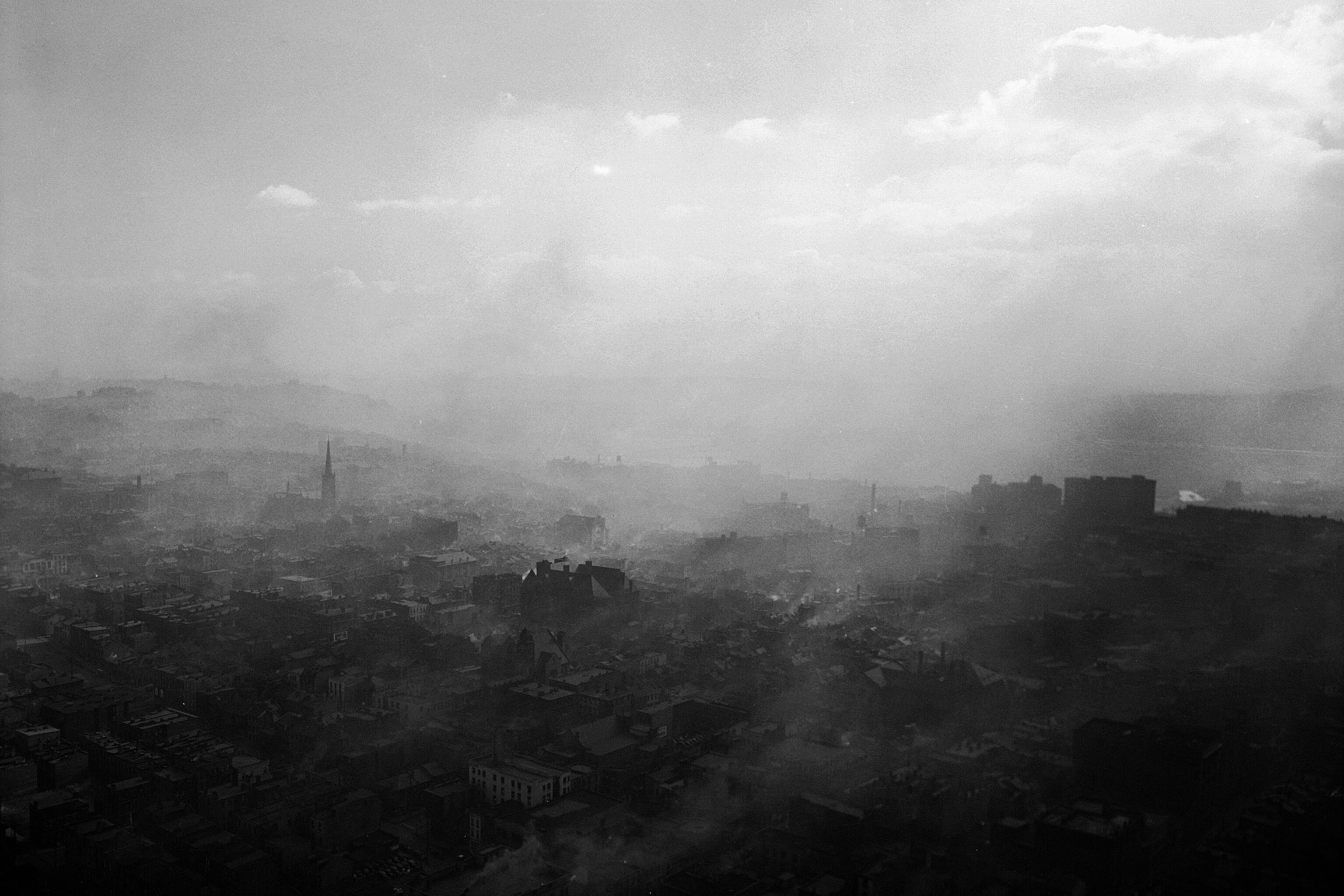
1. Air
Before the government began to rein in pollution from smokestacks and tailpipes, dense, dark, and even choking smog was a frequent occurrence in American cities and towns. In 1948, spectators at a football game in Donora, Pennsylvania, couldn’t see the players or the ball because of smog from a nearby coal-fired zinc smelter; 20 people died. In Los Angeles in the 1960s, smog often hid the mountains.
The Clean Air Act of 1970 gave EPA the authority to regulate harmful air pollutants. One of the most dramatic success stories was lead, which was widely used in paint but also in gasoline to improve engine performance. EPA estimated that more than 5,000 Americans were dying every year from heart disease linked to lead poisoning; many children were growing up with diminished IQ.
By 1974, EPA had begun a phaseout of lead from gasoline. The gradual effort took until 1995 to completely end the practice, but the result has been a measurable 75 percent drop in blood lead levels in the public.
Thanks to Clean Air Act rules, the levels of many other toxic substances in our air, such as mercury, benzene, and arsenic, have also dropped substantially. A major update to the law in 1990 allowed EPA to reduce sulfur dioxide emissions from power plants, the main cause of acid rain. Life has begun to come back in acidified lakes in the Adirondacks.
Complying with EPA’s air pollution rules has been costly—they’re the biggest burden the agency imposes on the economy. But the federal Office of Management and Budget, analyzing data collected from 2004 to 2014, estimates that the health and other benefits of the rules exceeded the costs by somewhere between $113 billion and $741 billion a year.

2. Water
In the early 1960s, when Ruckelshaus was a deputy attorney general in Indiana, he was assigned to the Stream Pollution Control Board. The board had rules against pollution but wasn’t enforcing them much. Ruckelshaus and a sanitary engineer “would go around the state in a panel truck and collect samples out of streams choked with dead fish,” then try to prosecute the grossest violations. In general, he recalled, states like Indiana were more worried about losing industry to other states with laxer rules than about preventing pollution.
When Cleveland's Cuyahoga River exploded into flames in June 1969, it helped change that by inspiring the nascent national environmental movement. The Clean Water Act of 1972 gave EPA the authority to set national rules and enforce them.
Industry wasn’t the only problem. Before 1970, most cities and towns simply dumped their sewage directly into waterways, with little or no treatment. Intrepid bathers in Long Island Sound were routinely surrounded by bits of used toilet paper. Stinky algal blooms were common, as were fish kills.
The Clean Water Act led to tens of billions of federal dollars being invested in municipal sewage treatment plants. The law’s simple goal is to make every river, stream, and lake in the U.S. swimmable and fishable. We’re not there yet: The Cuyahoga “is not on fire anymore, but I wouldn’t swim in it,” William Suk of the National Institutes of Health told National Geographic a few years ago. But people do swim in Boston Harbor and the Hudson River. And the toxic cesspools that literally catch on fire have largely become a thing of the past.

3. Pesticides
In her seminal 1962 book Silent Spring, Rachel Carson popularized emerging research that showed DDT was wreaking havoc on birds by making their eggs thin to the point of disintegration. Beloved birds like the bald eagle and peregrine falcon teetered toward extinction. A colorless, nearly odorless insecticide, DDT had been a valuable weapon against disease-carrying mosquitoes and also a boon to farmers. People had so little notion of its dangers they let their children play happily in the spray.
Carson’s book changed the culture, setting the country on the road toward Earth Day and the EPA. In 1972, Ruckelshaus effectively banned the use of DDT in the U.S., except in limited cases where it was needed to protect public health. That same year Congress passed the Federal Environmental Pesticide Control Act, giving EPA more clear authority to regulate pesticides in general based on their impact on health and the environment.
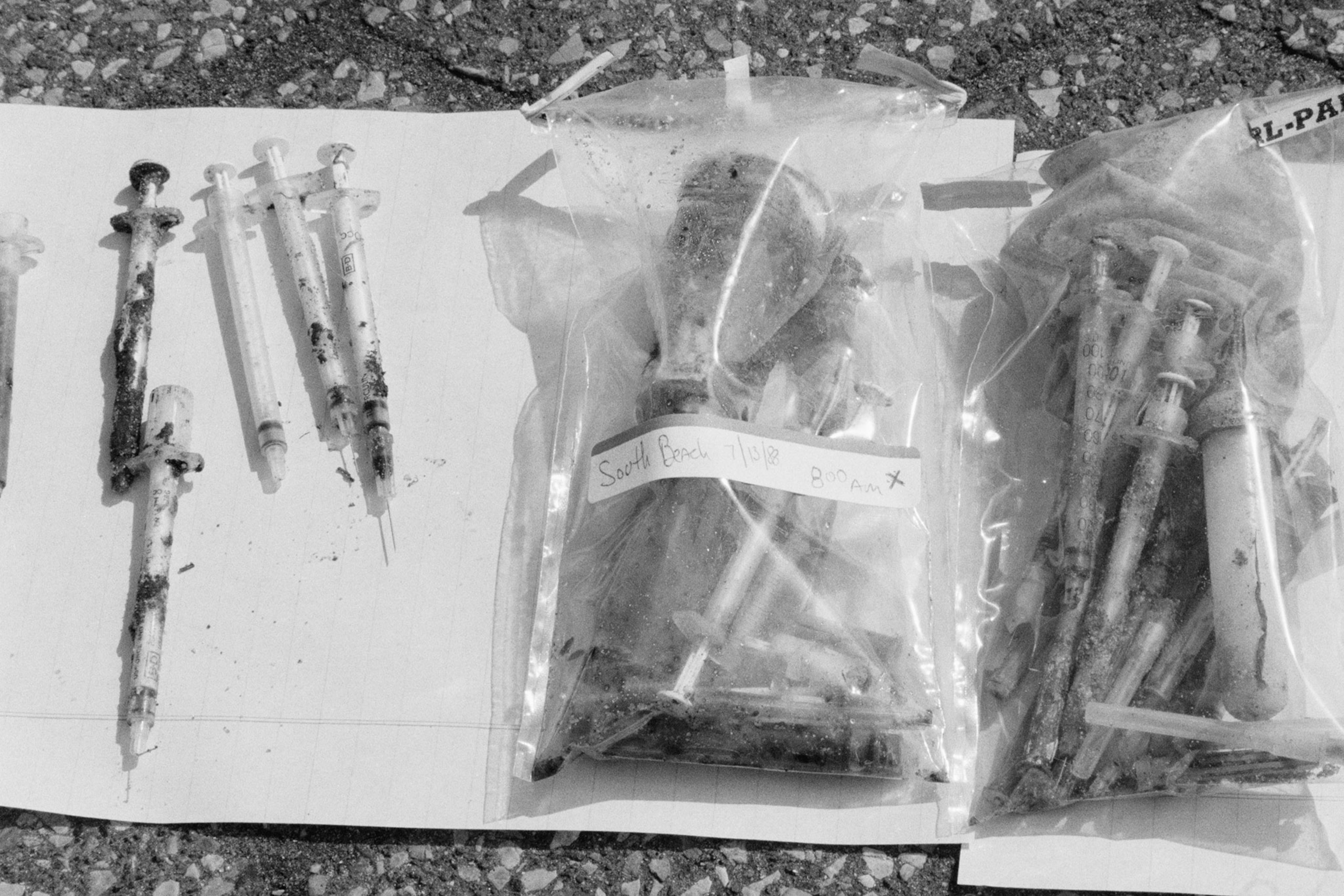
4. Hazardous Waste
Until the 1970s, hazardous chemical waste was general disposed of like ordinary trash—at best in an unlined municipal landfill from which toxic chemicals could seep into groundwater, at worst in open dumps, where runoff from corroded barrels might contaminate streams. The country was dotted with thousands of such dumps.
In 1976 Congress passed the Resource Conservation and Recovery Act (RCRA), giving EPA the authority to regulate hazardous waste from cradle to grave. EPA now tracks chemical waste from hundreds of thousands of facilities; it requires landfills to be lined and water leaching through them to be collected before it can contaminate drinking water. RCRA also regulates municipal waste and has given a big push to recycling.
If RCRA is about handling waste right in the present, the Superfund law is about cleaning up the dumps of the past. In 1978, hundreds of residents of Love Canal, New York, near Niagara Falls, were sickened; their planned community had been built on an old toxic waste dump operated previously by the Hooker Chemical Company. The neighborhood was eventually demolished and cleaned, and the incident helped jump-start the Comprehensive Environmental Response, Compensation, and Liability Act of 1980, commonly known as Superfund.
Under that law EPA is slowly trying to clean up a nationwide legacy of Love Canals, recovering costs where it can from the original polluters. As National Geographic reported in 2014, nearly half of the more than 1,700 Superfund sites have been fully addressed—but even many of them have to be monitored indefinitely. It’s a project for the century and a lesson for the future. Some 49 million (or nearly one in six) Americans live close to a Superfund site. (Find out if there’s one near you.)
5. Climate
There’s a common theme to all of EPA’s work: In a crowded world, simply dumping waste of whatever kind in the air, water, or land isn’t safe anymore.
Like government agencies in nearly every other country in the world, EPA is now trying to extend that principle to carbon dioxide, the waste gas produced by burning fossil fuels, which is warming the planet. In August 2015 the agency finalized its Clean Power Plan, which for the first time sets a national limit on carbon pollution from power plants. The goal is to reduce their emissions by 32 percent by 2030, relative to 2005 levels.
The plan is a central part of the U.S. commitment to the new global agreement to limit climate change, which most of the world’s nations approved in Paris in late 2015. The CPP hasn’t yet taken effect, however, because it’s currently being challenged in the U.S. Court of Appeals in Washington by Scott Pruitt, the attorneys general of 23 other states, and a raft of utilities and fossil fuel companies.
In nominating Pruitt to be EPA administrator, Trump attacked what he called the agency’s “out-of-control anti-energy agenda.” Pruitt, he said, “will reverse this trend and restore the EPA’s essential mission of keeping our air and our water clean and safe.”
After retiring from that mission decades ago, William Ruckelshaus went on to serve as an executive at Weyerhaeuser, the lumber company, and Browning Ferris, a waste management company. He has also served on the board of Monsanto.
“I've had an awful lot of jobs in my lifetime ... ,” he said later. “But it is tough to find the same degree of fulfillment I found in the government. At EPA, you work for a cause that is beyond self-interest and larger than the goals people normally pursue. You're not there for the money, you're there for something beyond yourself.”







